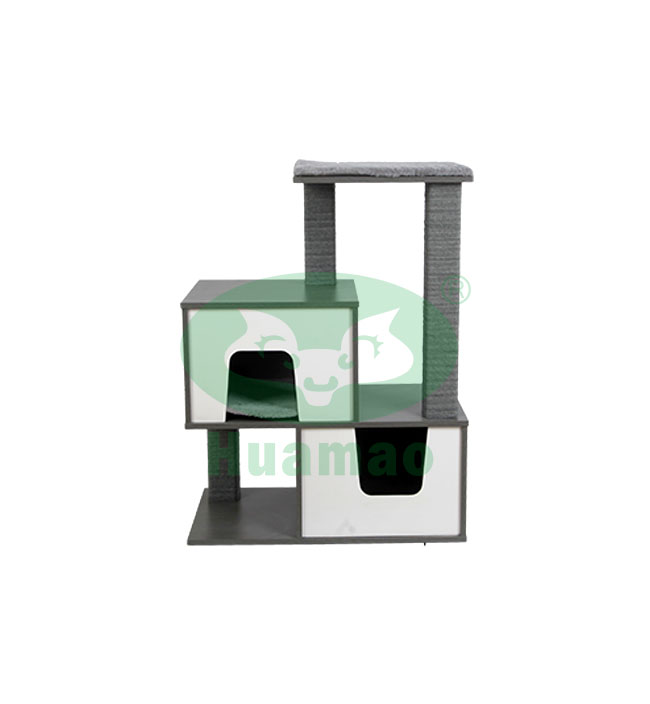If you've ever owned a cat, you may well have seen one of his or her attempts at "scratching." Often times these are nothing more than attempts to stretch their claws (and eyes) in ways that normally wouldn't achieve any "print" whatsoever. This is problematic, as cats are designed to use tools to satisfy their natural purpose in life. So if your cat is spending time scratching your furniture, don't feel bad about scratching your own things.
For those of you who are interested in refurnishing an old (or well-loved) sisal cat scratching board, check out this good DIY Sisal Cat Scratching Board project. You'll need an empty heavy cardboard box, a sisal cat scratching pad, a staple gun, ribbon, cork board, pencils and markers, tabbing paper, glue, scissors, and your cat's favorite toy or chew toy. It should take around one hour for your cat to scratch the board to its liking, depending on how agile she is and how much activity she gets. Alternatively, you can leave it to overnight.
To make sure the board isn't simply "dragged" across the wall, cover it with a piece of tape. Cats love to walk on tape, as it's very soft and rubbery, and they can also traction the board across the wall. However, for a real sturdy finish, cover the entire wall with cork board. Then, tape the entire wall down so that the tape can't fall off.
Next, select a
huamao wall sisal cat scratcher with a non-slip grip. This is important, as even a small sticky spot can cause a cat to scratch. Ideally, you want the sisal pads to be just a few millimeters apart, but you don't want them to be too close or they will slip away. The smaller gaps will help prevent your cat from tripping over them and injury herself. There are different thicknesses of sisal available, so check the packaging to find the right one for your needs.
Then you want to select a sturdy cat scratching post. These should be made of metal with at least two inches of board between each piece. The most durable ones will also have non-skid treads. You should be able to buy these in two sizes: smaller, eight-inch hex ten-inch r; larger, sixteen-inch hex eighteen-inch r. If you are going with a larger scratching post later, you can always cut a smaller version of it down and use those.
Many cats love to dig and scratch in their outdoor areas. A scratching pad will give them a safe place to scratch where there is no danger of falling on hard surfaces or scalding themselves from hot surfaces. Look for options that have a non-slip surface so that your cat can still keep her feet protected and not get her paws wet. Some wall mounts even have non-skid soles so that you don't have to worry about your cat slipping when trying to reach the area she needs to scratch.
You will need two sizes of the sisal pads. Get the smaller, eight-inch size for younger cats and the larger sixteen-inch size for older cats. If you are planning on using these boards in an outdoors area, you will also need to get anchors to hold them on the ground. Cats love to dig in the dirt, so this is something you will need to purchase special anchors for. Be sure to anchor each scratching post properly to ensure safety.
To start, you will need to gather up all of your supplies. Get a good adhesive paper for all of your projects, sisal rope for the posts, catnip scent, and catnip mice for the mice tunnels. You will want to leave enough space between the screed and the wall for your cat to run away and hide. Also be sure to use the double sided tape to make sure the sisal is stuck to the wall.
